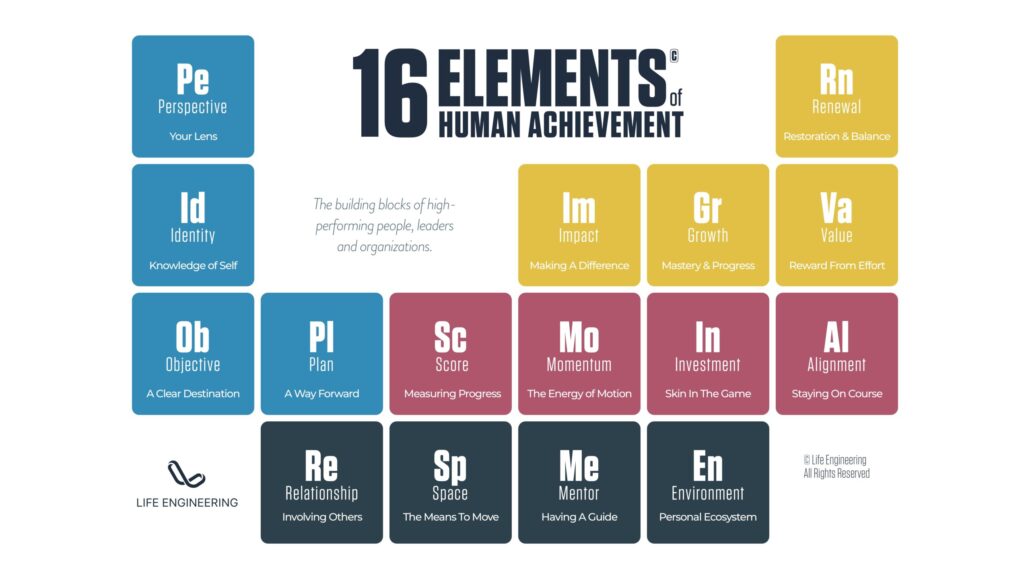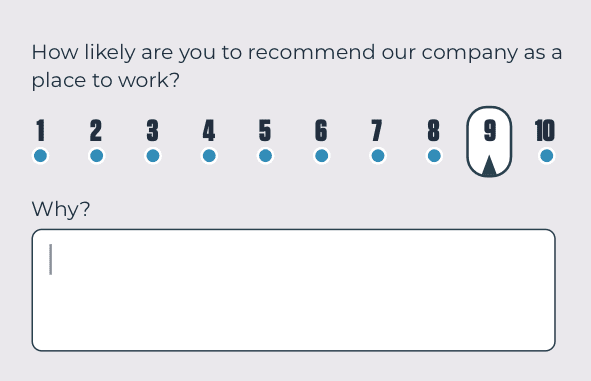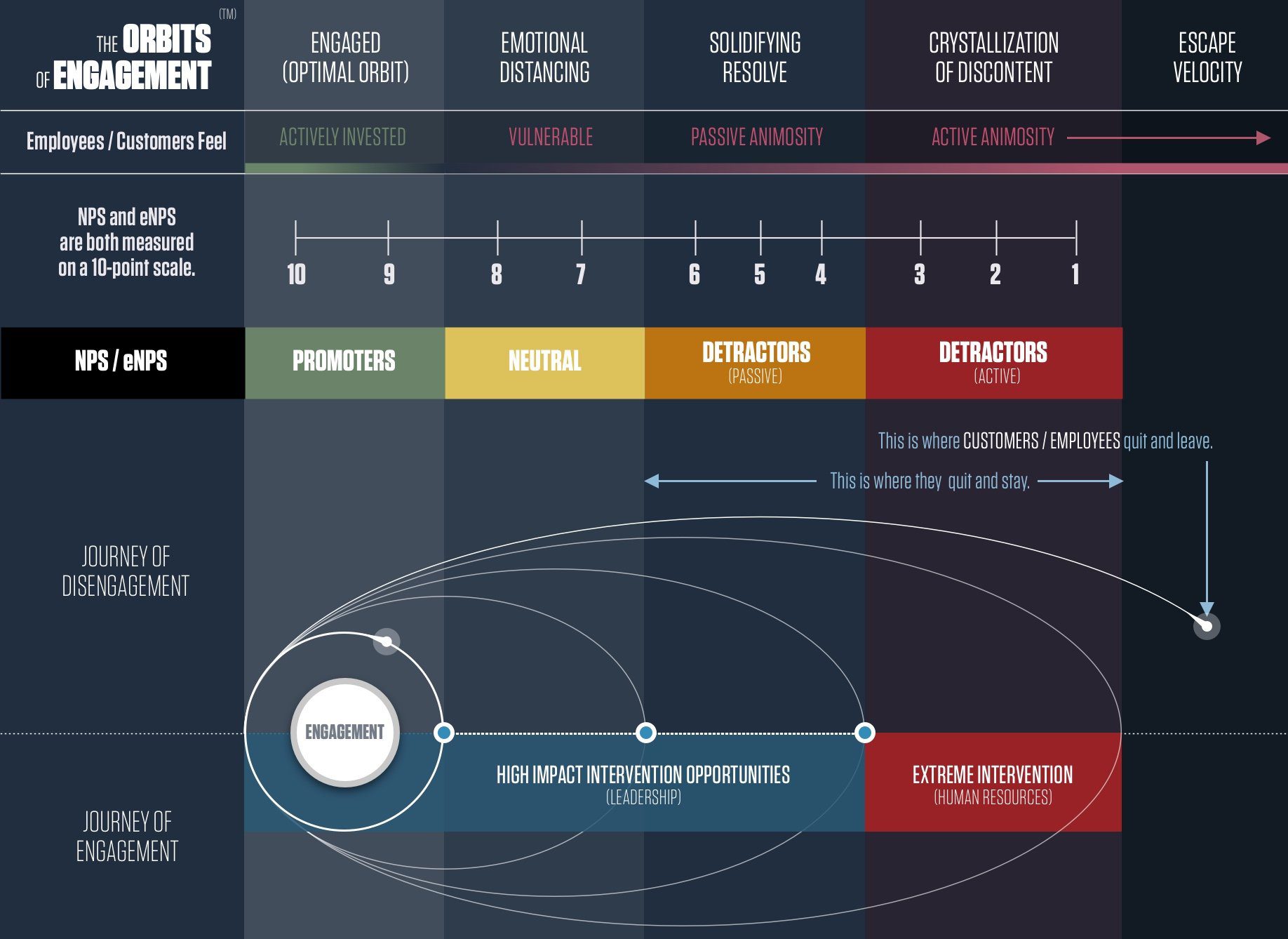MEASURING
EMPLOYEE SATISFACTION
ONLY ONE OF OUR SCIENCE-BACKED ASSESSMENTS
understanding the importance of
employee satisfaction
Each of the assessments in the Engagement Diagnostic Series can provide organizational optics on engagement by going DEEP on the specific emotional needs and motivators of the workforce.
But sometimes what an organization needs is something much lighter—something that has a smaller survey footprint—and can be deployed more rapidly and more frequently.
For this, there’s employee satisfaction.
Employee satisfaction is a temporary emotional outcome of a positive change in one of the 16 Elements.
Let’s take the element “Environment” as an example. You can put a ping pong table in the break room, and for a while, a certain group of people will experience a temporary lift in satisfaction. They’re not more engaged in the work they do, but they’re more satisfied with their environment. But in time, they acclimate to the change, and it no longer yields the same satisfaction results.
Or take “Value” as an example. You can give someone a raise, and for a while that person will experience a lift in satisfaction. They’re not necessarily more engaged in their work, they’re just more satisfied with their compensation. But again, only for a while.
For this reason, Employee Satisfaction can be an effective leading indicator of deeper engagement problems,
which can then trigger utilization of the more
sophisticated engagement diagnostics.


measuring
employee satisfaction (enps)
The Net Promoter Score (NPS) has become the industry standard for measuring customer satisfaction (CSAT). It asks customers a single question: “How likely are you to recommend this product (or service) to a friend?”
Research has shown that “willingness to recommend” is the single highest indicator of customer satisfaction.
eNPS uses the same approach, but to measure employee satisfaction. It asks simply: “How likely are you to recommend our company as a place to work?”
Those who score 9 and 10 are “Promoters.” Those who score 7 and 8 are “Neutral” and don’t count toward your score. Those who score 1 – 6 are called “Detractors” and take away from your score.
Tracking the change in eNPS scores, over time and by department (or other segments like geography, gender, tenure, or team), allows you to identify shifts in sentiment so you can dive deeper to figure out what’s happening.

Not coincidentally, both NPS and eNPS map perfectly to (and can be best understood using) the Orbits of Engagement. It describes the emotions customers or employees are feeling based on the orbit they are in and can indicate what needs to be done to solve for that situation.


